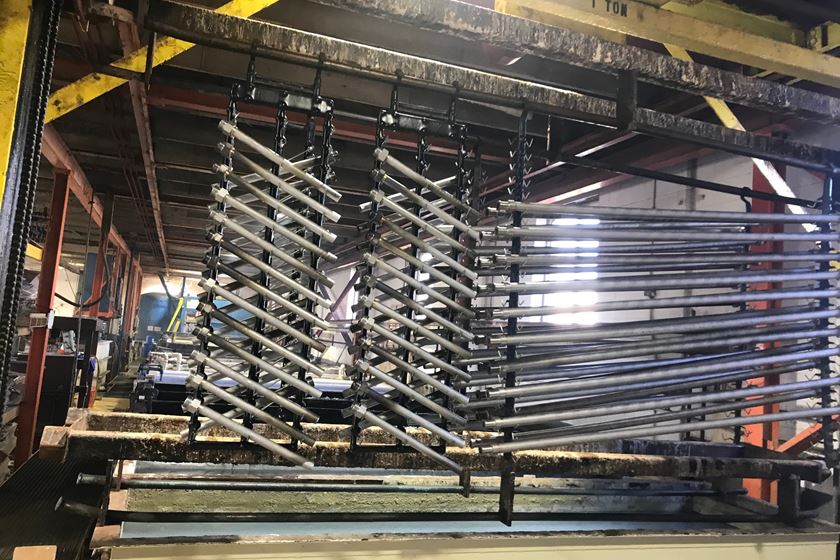Wisconsin State Agency Recommends Stringent Groundwater Standard for Hexavalent Chromium
New standard for hexavalent chromium in groundwater is several orders of magnitude more stringent that existing federal and state standard.
#nasf #regulation
The Wisconsin Groundwater Coordinating Council (comprised of representatives from several state agencies, the Governor’s office and universities) prepares an annual report that summarizes the operations and activities of the council, describes the state of the groundwater resource and its management and makes recommendations. In the 2021 Wisconsin Groundwater Coordinating Council Report to the Legislature, the naturally-occurring chromium in groundwater was referenced. The report noted that “[a]s water flows underground, metals such as chromium, may be dissolved from rock or soil and be mobilized, and therefore present in groundwater. Natural sources of chromium in groundwater include some types of igneous bedrock and soils derived from those bedrock sources.”
While both trivalent chromium and hexavalent chromium are found in groundwater, in Wisconsin water quality analysis for chromium is generally done for “total chromium.” The US EPA has established a public water supply MCL for total chromium at 100 micrograms per liter (μg/L) and, in Wisconsin, the groundwater quality enforcement standard for total chromium is also 100 μg/L.
The Wisconsin Department of Natural Resources (DNR) Remediation and Redevelopment program requested a health-based groundwater standard for hexavalent chromium. The Wisconsin Department of Health Services (DHS) recently recommended a groundwater quality enforcement standard of 70 nanograms per liter (ng/L) and a preventive action limit (PAL) of 7 ng/L for hexavalent chromium based on its potential to cause cancer. DHS must identify the health-based level at the estimated cancer risk of one in one million for a person with body weight of 177 pounds. The PAL is then set at ten percent of the enforcement standard as required by state statute. The scientific Support Documents for this recommended standard is available on the DHS website at: https://www.dhs.wisconsin.gov/publications/p02434v.pdf.
Wisconsin has issued a white paper for rule development for this stringent groundwater standard, and has requested comments on the white paper. This recommended level for hexavalent chromium is several orders of magnitude more stringent that the existing standard for total chromium. and could have a significant impact on the monitoring, control and remediation of groundwater in Wisconsin. If you have any questions or would like additional information on this issue, please contact Jeff Hannapel with NASF at crichter#@thepolicygroup.com or jhannapel@thepolicygroup.com.
This update is courtesy of the National Association for Surface Finishing (NASF). For more information or to become a member, visit nasf.org.
RELATED CONTENT
-
Hybrid Sol-Gel Coatings in Surface Engineering
A look at the use of modified sol-gel polymer films and hybrid system coatings, as well as the methodologies for evaluating the mechanical properties of the coatings.
-
The Study of Copper Anodes in Acid and Cyanide Plating Baths
The 1956 Carl E. Huessner Gold Medal Award was given to Charles Faust and William H Safranek for Best Paper appearing in Plating or the AES Technical Proceedings in 1955, and their paper is republished here in a series on the AES/AESF/NASF Best Paper Awards. Their work involves an evaluation of anodes for copper plating at the time when OFHC anodes were first emerging in use.
-
Plastics and Plating on Plastics [1944]
This republished 1944 AES convention paper presents an historic perspective of the early days of plastics in surface finishing - using them and plating on them, in the waning years of World War II. The discussion reviews the uses of plastics in plating equipment and processing at that time, as well as the coating of the plastics themselves, with accompanying application photos. You will note that today’s conventional plating-on-plastics processes lay far in the future. Surprisingly, CVD processes are discussed.















